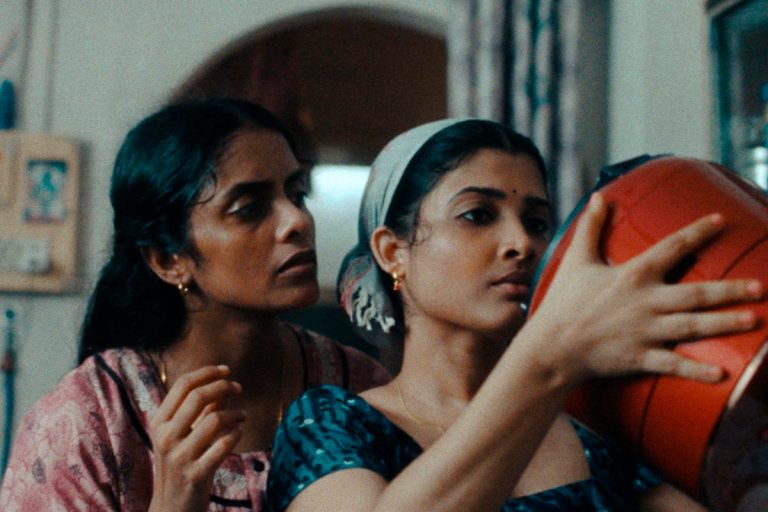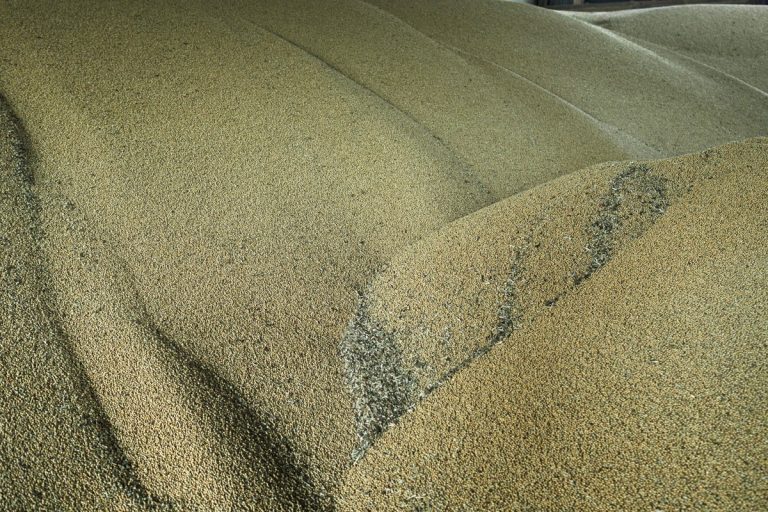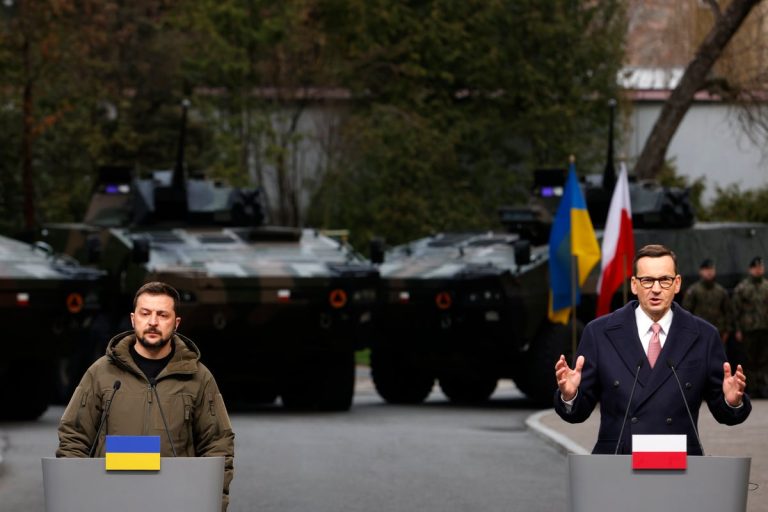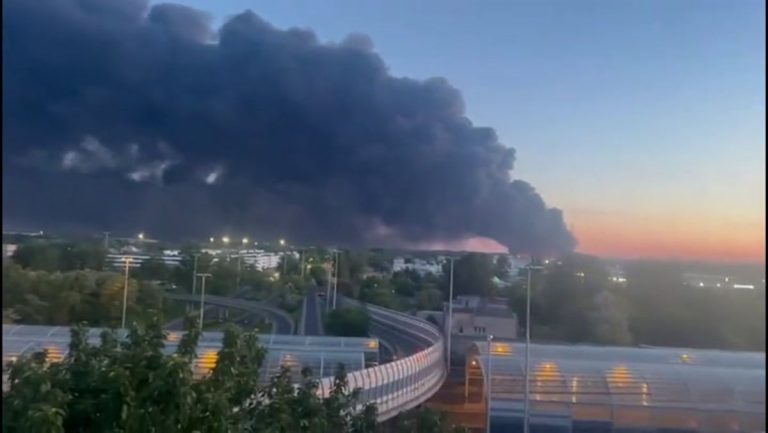A precious moment in time of war: Flowers for a wife and daughter coming home to Ukraine

Support truly
independent journalism
Find out moreClose
Our mission is to deliver unbiased, fact-based reporting that holds power to account and exposes the truth.
Whether $5 or $50, every contribution counts.
Support us to deliver journalism without an agenda.
On his way to the Kyiv train station to greet his wife and daughter returning from Poland to Ukraine, Oleksander Tryfonov made a stop.
He bought two red roses from one of a half-dozen flower shops lining a dimly lit underpass — something beautiful for the two most precious people in his life.
“I haven’t seen them for two years,” Tryfonov, a burly 45-year-old driver said of his family. “Flowers are important for women.”
Flowers have always been linked with Ukraine’s culture, but since Russia’s 2022 invasion, their significance has only grown, with blooms becoming a symbol of both resistance and hope.
Despite hardships brought by war — or perhaps because of them — Ukrainians take every chance they can to fill Kyiv and other cities with flowers from the country’s vast rural heartland, anxious to reconnect with and rediscover their roots.
Deep purple petunias and yellow rock roses burst out of planters that line Kyiv’s backroads and grand boulevards. Some are fixed to lampposts; flowers can even be spotted in Ukraine’s prison yards.
They are depicted on Ukrainian banknotes, textile patterns and murals — next to advertising billboards and army recruitment posters. Across the country, young men on dates and soldiers, sometimes missing a limb, carry bouquets on their return home.
Ukraine’s President Volodymyr Zelenskyy famously brought a bouquet on a hospital visit in 2022 to a teenage girl injured while fleeing advancing Russian forces outside Kyiv.
At an underpass flower stall below Kyiv’s central Maidan Square, vendor Olha Semynog sells bunches of flowers for $2.50 each. For those with more in their pockets, she can go all the way up to a giant bouquet for $75.
Even during wartime, her busiest day, she says, is March 8 — International Women’s Day. Her business has also picked up with men drafted into the military sending flowers home with online orders.
On the outskirts of the Ukrainian capital, where the Russian advance was halted two years ago, residents still tend to the gardens of their damaged or completely destroyed homes. A park in Kyiv, near the left bank of the Dnieper River, features a large flower installation, welcoming F-16 fighter jets due to arrive this summer from Ukraine’s Western allies.
Flowers, explains Iryna Bielobrova, head of Ukraine’s Florists’ Association, are inextricably linked with Ukrainians’ culture, traditions and celebrated stages of life. They are also an emotional connection with the land.
“Life cannot be bright, full, and rich without flowers,” she said. “Wreaths of flowers are preserved for years, and embroidered shirts are passed down to younger generations.”
Bielobrova fled in the aftermath of Russia’s 2022 full-scale invasion, moving to the Netherlands, the world’s flower-producing powerhouse. In comparison, Ukraine had a modest pre-war export market.
Once in the Netherlands, she worked with other florists who fled to make sure flowers were present whenever solidarity events for Ukraine were held in European capitals.
Sunflowers, grown since the 1700s in Ukraine, have become the country’s national flower — a symbol of Ukraine’s defiance and resilience in the war.
Fields of the shoulder-high flowers are often seen across Ukraine and Zelenskyy’s Cabinet named the flower the symbol of national Remembrance Day in 2020.
“They provide an escape from the horrors of bombings, destruction, pain, and tears,” said Bielobrova, who has returned to Ukraine from the Netherlands and lives in Kyiv.
“Emotions are easily expressed with flowers,” she said. “Each flower speaks for itself, and together in a bouquet, they tell a whole story.”
Flowers, Ukrainians say, stand not only for tradition but also for hope and healing.
Dobropark, a 370-acre (150 hectare) privately run garden and recreation area west of Kyiv, was rebuilt after a Russian attack and occupation that lasted for more than a month in 2020.
“This entire area was occupied by the Russian military,” the park’s landscape designer Olha Lyhvar said.
When the Russian forces pulled out, the park’s tractors and electric buggies were also gone, she said. A three-story hotel that once stood on the property was leveled to its foundations.
Today, people come to the park to „reconnect with nature,” she said, standing next to a door frame — all that remains of the bombed-out hotel.
”People come here and can feel the force of life and see that it continues despite everything,” Lyhvar said. „We must live on and find for ourselves joy and beauty in what surrounds us.”
___
Full coverage of the war in Ukraine: https://apnews.com/hub/russia-ukraine






